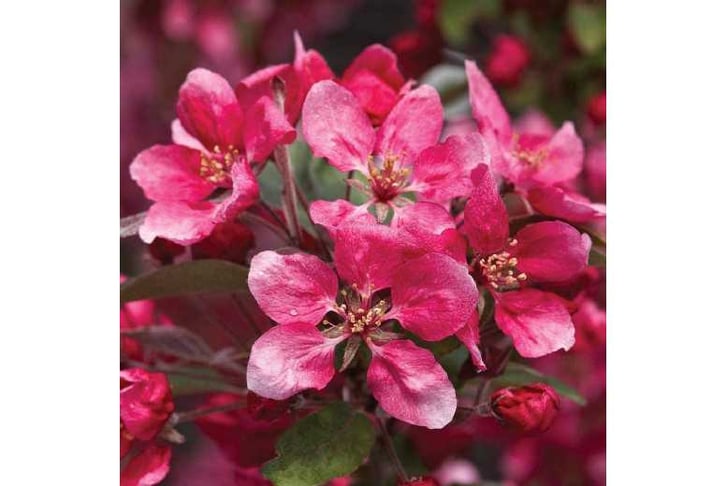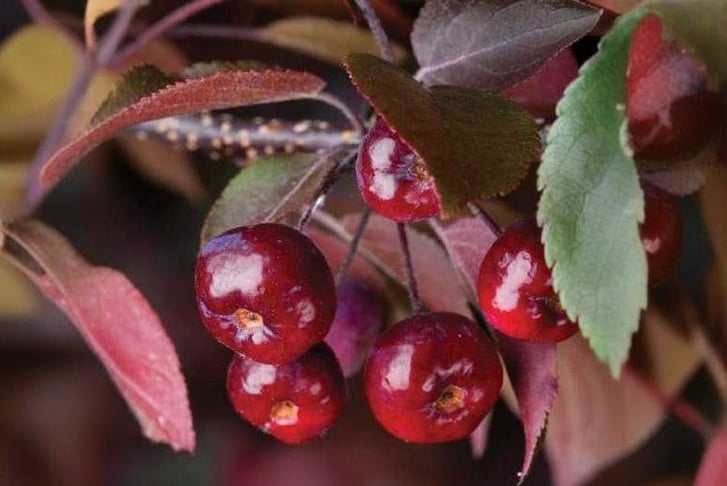Breathe New Life Into Your Garden!
Introducing the Crab Apple 'Royalty', your ultimate ticket to an enchanting outdoor sanctuary. Perfectly priced at just £29.99, down from £37.99, this beautiful bare root plant brings vibrant color and life to your garden like never before.
A Regal Choice for Every Gardener
This crab apple tree isn't just about looks; it's a symbol of ease and sustainability! With its easy planting process, you'll find joy in watching it flourish without the fuss. It's tailored for those who love nature but don’t have a green thumb yet!
The Gift of Nature’s Beauty All Year Round
The 'Royalty' offers more than just seasonal blooms; it provides a spectrum of foliage colors, transforming your garden into a palette of nature’s finest art. Its alluring presence makes it irresistible to wildlife, inviting buzzing bees and melodious birds right to your doorstep!
A particularly attractive tree, Thompson & Morgan Crab Apple ‘Royalty’ is unmistakable for its dark mahogany foliage that turns to scarlet in autumn. The deep pink springtime apple blossom is followed by dark red fruits that make a fabulous crab apple jelly. Any unpicked fruits will soften after a few frosts to create a sumptuous food source for wild birds. Crab apples are self-fertile and if planted near orchard apple trees make excellent pollinators.
Planting & Care Guide
- Location: Plant in a sheltered, sunny position in any fertile, well-drained soil.
- Preparation: Incorporate well-rotted manure or compost into the planting hole.
- Support: Stake at planting time to avoid root damage.
- Maintenance: Keep weeds clear within 30cm of the base; apply mulch in spring.
This tree is ideal for kitchen gardens, wildlife gardens, and low maintenance landscapes. It's hardy and reaches up to 300cm (118.1in) in height and spread, making it perfect for creating a focal point or adding structure to your garden.
Your Questions Answered: FAQs
- How many Crab Apple 'Royalty' trees can I purchase?
You can buy multiple trees to create a stunning orchard or share the joy with family and friends. - What is included with my purchase?
You will receive one high-quality bare root ready to be planted immediately upon delivery. - Where does this offer exclude delivery?
This deal excludes delivery to the Isle of Man, Channel Islands, Scottish Islands, Scottish Highlands, and Northern Ireland.



